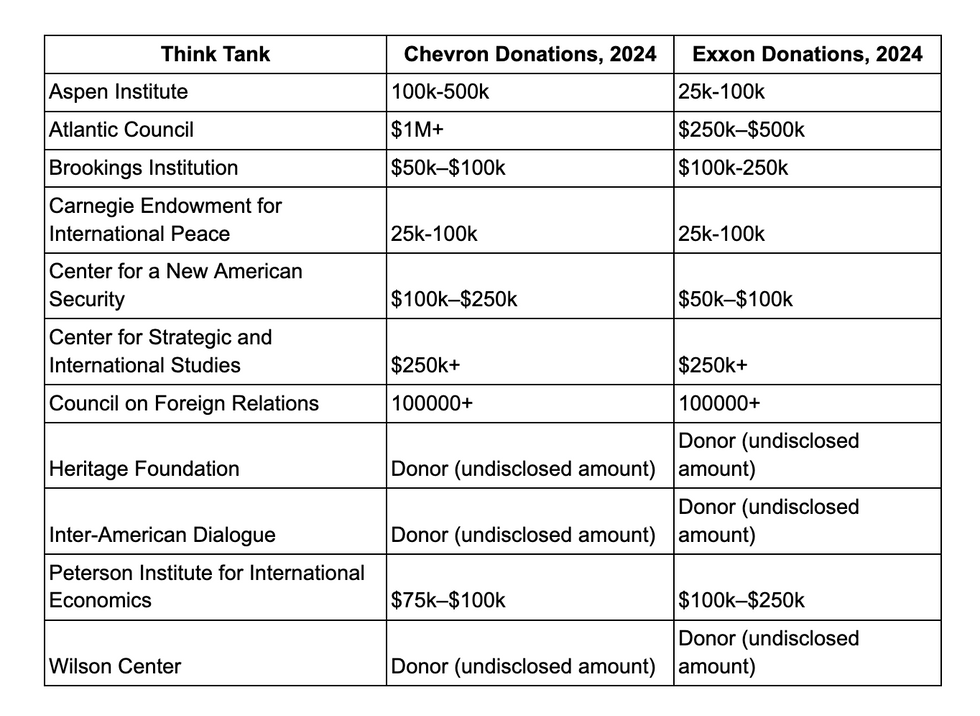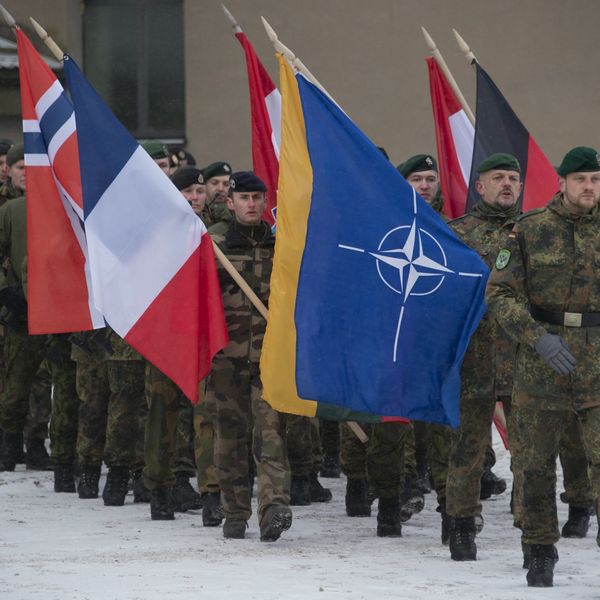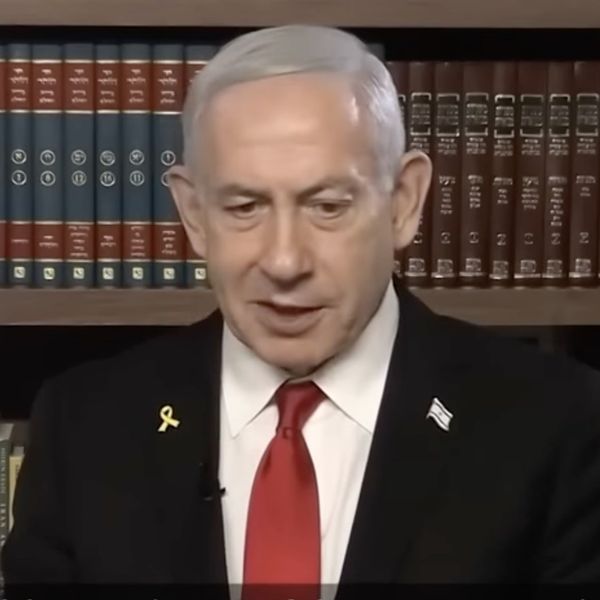U.S. Iran policy has long suffered from a deficit of understanding the history and culture of the Iranian nation. While our government professes to distinguish between the Iranian people and their rulers, it has in practice lumped them together and punished the former for the abuses of the latter.
While the latest round of protests shows how many ordinary Iranians are challenging and resisting their government at great risk to themselves, our policies have served to strengthen the same forces of repression and injustice that are cracking down on those protesters.
American policymakers have long had a poor grasp of Iranian nationalism and Iranians’ desire for independence and dignity, and they often fail to see that the same nationalism that motivates protesters against the Islamic Republic also rejects outside meddling in Iran’s affairs.
Fortunately, a new book on Iranian national identity and politics offers some much-needed insights into how the Iranian people understand their history and their country’s place in the world and how they have made use of that history to construct their modern identity as a nation.
Assal Rad’s “The State of Resistance: Politics, Identity and Culture in Modern Iran” is an outstanding investigation of how Iranian national identity has been formed, contested, and remade over the last century. Rad explores how the Pahlavi monarchy and the Islamic Republic both sought to create narrow definitions of national identity for Iranians, and she then shows how those narrow definitions have continually been met by resistance from the Iranian people as they express their devotion to their vatan (homeland) in several ways that draw on different elements of Iran’s religious and cultural heritage.
A recurring theme in the later chapters of the book is Iranians’ attachment to their country and especially to the land itself. As Rad sums up, “Forming an identity of resistance, Iranians clung to the most tangible aspect of the nation-state, land." This is what comes through in Iran’s popular music and cinema, and it is also what Rad found in her interviews while doing fieldwork for four years.
Rad describes a broader, more inclusive nationalism that exists among Iranians that adapts elements from official narratives and repurposes them but is not confined by the limits of the state’s official interpretations. Iranians have borrowed from dominant narratives about the pre-Islamic Iranian past and the traditions of Iranian Shi’ism to create a distinctive fusion of different aspects of Iranian history. Throughout all of this, she writes, “ordinary Iranians continued to resist one-dimensional renditions of their culture and identity.”
As Rad explains, Iranian identity has been shaped by opposition to their government under both the monarchy and the revolutionary regime, and it has also been defined by opposition to foreign interference and control. Iranian history is too rich and the Iranian people are too diverse to be held inside the boundaries of a government’s ideological project, and so each time the state has sought to enforce a particular version of “Iranianness” it has fallen short and failed to impose its vision on the people. While national identity evolves and is never fixed, there are certain constants that anchor Iranians’ identity. Rad writes, “At the center of that character is unwavering resistance, defense of their homeland and its people, and the adoration of vatan.”
Reading the book, I was reminded of how often the United States has failed to appreciate the power of nationalism in Iran. When the shah was in power following the U.S. and U.K.-backed coup that overthrew Prime Minister Mohammad Mossadegh in 1953, Washington didn’t grasp that our government’s support for the shah had deeply compromised his standing to such an extent that he was seen as foreign. Despite the shah’s efforts to present himself as a champion of Iranian nationalism, he was too out of touch with his own people and their culture and too dependent on foreign patronage. Rad notes, “The fact that the shah was viewed as alien, or disconnected from many of his subjects, was a key component of his failure and the rising momentum of the revolution.”
In the decades that have followed the 1979 revolution, the United States has remained strangely oblivious to the power of Iranian nationalism and how U.S. policies have worked to stoke nationalist sentiment against our government. Supporting the Iraqi invasion of Iran had the effect of rallying the nation behind their new revolutionary leaders and deepening the antagonism between our two countries. Imposing severe, broad sanctions on the country in an attempt to compel the Iranian government to make concessions has further alienated the Iranian people, who are made to pay the price for the actions of a government they do not control.
Trump’s order to assassinate Quds Force commander Qassem Soleimani triggered an outpouring of public mourning for the slain general and briefly rallied the populace behind their government. American policymakers consistently fail to understand how others see the world and how people in other countries see U.S. policies, and that has led to decades of destructive and failed policies that have left both the United States and the targeted countries worse off. Rad’s insights into Iranian national identity and nationalism are a valuable corrective for this official myopia.
In her discussion of “the people’s resistance,” Rad quotes an Iranian middle-class woman from Tehran from 2015 expressing the view that Iranians’ future is theirs to control. It was an important statement of many Iranians’ commitment to national independence combined with their desire for justice, and it is worth including the full quote here. The woman said, “Yes, we have problems, social, economic, political, you name it. But they are ours to fix. If change comes, or when change comes I should say, we will be the ones to do it. Iranians don’t trust outside powers, they’ve never acted in our interest; only we can act in our own interest. Look, if my father acts poorly, I don’t like it, but if you say something about my father, I will defend him with my life. It’s my father. This is my country, I can see a lot of bad things, but I don’t think anyone on the outside can fix it.”
Only we can act in our own interest. This is the essential point that American and other outside policymakers must understand if they are to respond constructively to the current protests in Iran. The United States does not understand the country and the people well enough to help fix Iranian problems, and outside interference is not needed or wanted. The best way to show solidarity with Iranians protesting their government is to distinguish between the people and their rulers by ending the economic war that Washington has been waging against the people for so many years.
“The State of Resistance” is a well-researched and well-written account of the formation and contestation of modern Iranian national identity, and it does a great service by presenting so many different Iranian perspectives to an English-speaking audience that usually knows very little about Iran.















